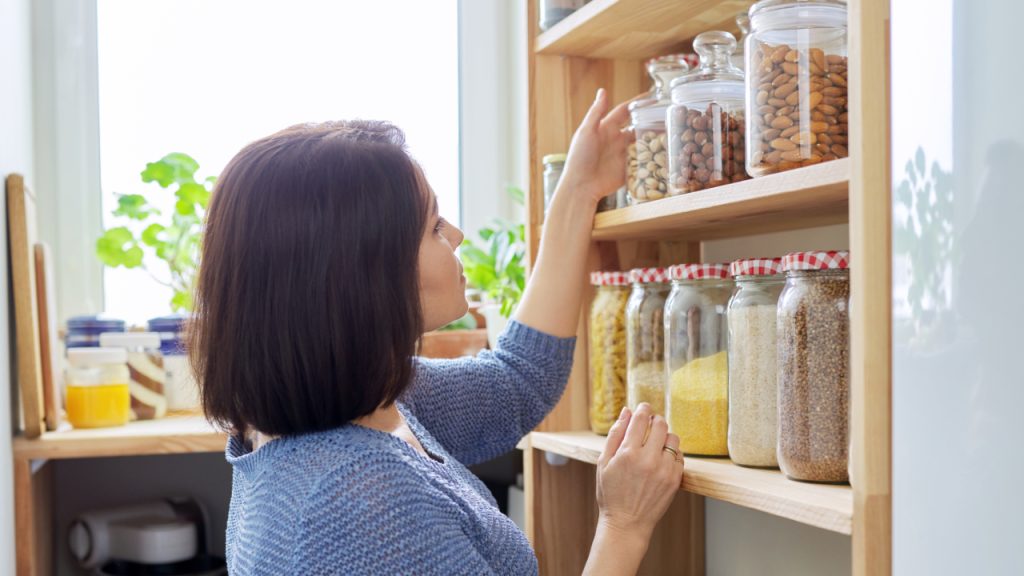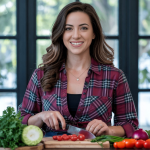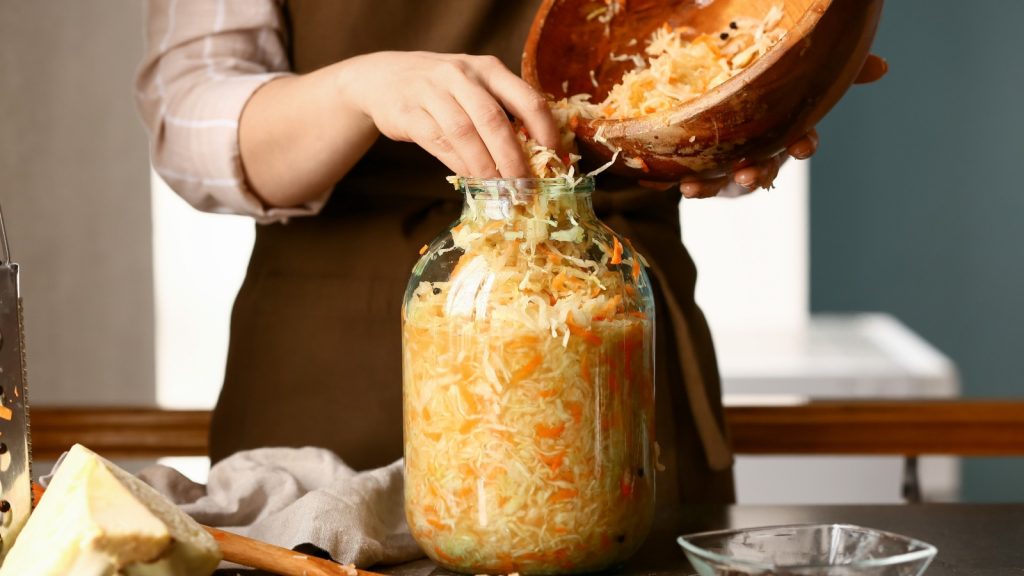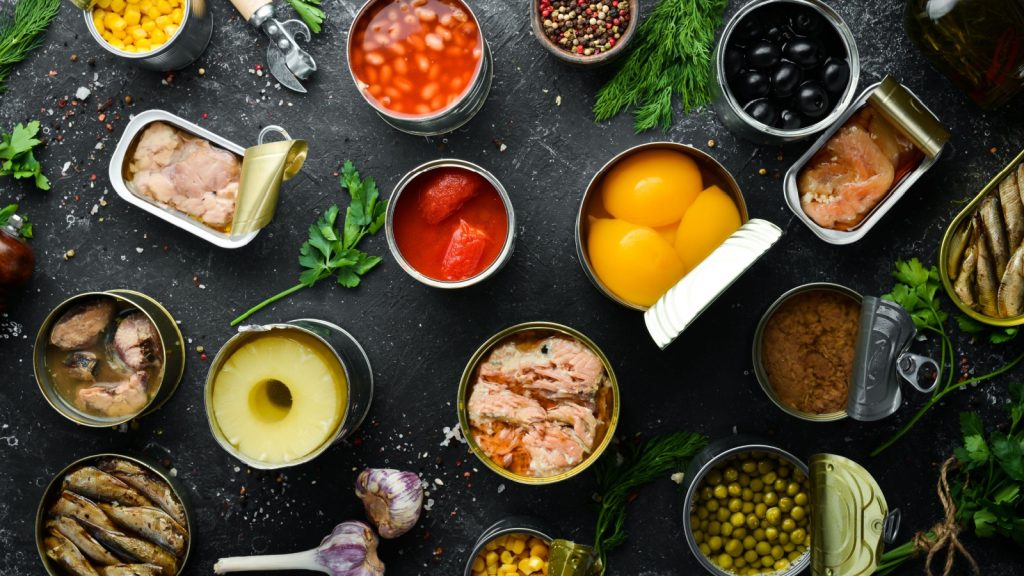Let’s be honest – when most of us think about food storage, we picture stacks of canned soup and beans gathering dust in the basement. But building a real, usable food storage system doesn’t have to feel like you’re preparing for doomsday. Whether you’re looking to save money by buying in bulk, preparing for emergencies, or just tired of constant grocery runs, a well-planned food storage system can make your life easier while giving you peace of mind.
Getting Started: It’s Simpler Than You Think
First things first – forget about those Pinterest-perfect storage rooms with matching containers and perfect labels (unless that’s your thing!). Start with what you actually eat. Take a look at your family’s favorite meals and think about how you could store those ingredients long-term. Love spaghetti night? Start with pasta, jarred sauce, and maybe some dried herbs. Can’t live without your morning oatmeal? Stock up on oats and your favorite toppings.
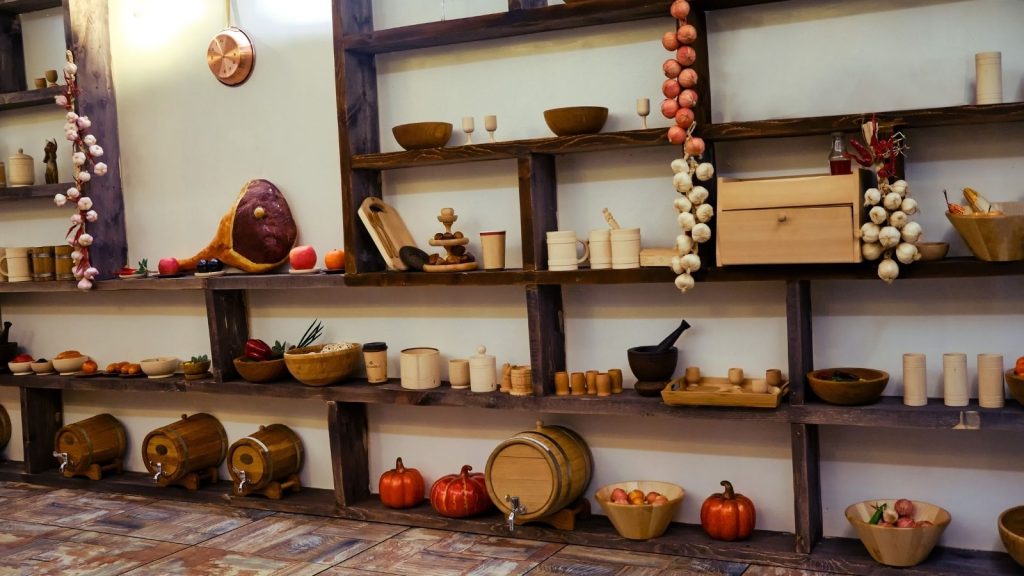
Building a Balanced System
Think of your food storage like a balanced meal – you need a mix of different foods to keep your body happy and healthy. Here’s what that looks like in practice:
For proteins, you’ve got options beyond endless cans of tuna (though there’s nothing wrong with tuna!). Try:
- Dried beans and lentils – they’re cheap, last forever, and are incredibly versatile
- Nuts and seeds – perfect for snacking and adding to meals
- Freeze-dried meats – they’re pricey but have an incredibly long shelf life
- Canned meats – mix it up with chicken, beef, and fish
For your every day carbs, focus on things you’ll actually use:
- Rice (white rice lasts longer than brown)
- Pasta (all shapes and sizes!)
- Oats and other breakfast cereals
- Flour for baking (if you’re a baker)
Don’t forget about fruits and veggies. Yes, you can store these too:
- Freeze-dried fruits make great snacks and last for years
- Dehydrated vegetables can be added to soups and stews
- Canned fruits and vegetables – choose low-salt and low-sugar options when possible
Storage Methods That Actually Work
You don’t need a PhD in food preservation to store food long-term. Here are some practical approaches:
Dehydrating
If you’ve ever bought dried fruit at the store, you already know how dehydrating works. A basic food dehydrator costs about as much as a slow cooker and can help you preserve everything from apple slices to herbs from your garden. Start small – maybe try drying some apple slices or making your own herb blends.
Freeze-Dried Foods
Think of these as the “set it and forget it” option. They’re more expensive, but they last an incredibly long time and maintain their nutritional value. They’re perfect for things that are hard to store otherwise, like eggs and cheese. Many people start with just a few freeze-dried items for variety or emergency purposes.
Home Canning
Don’t let memories of your grandmother’s marathon canning sessions scare you off. Modern canning can be as simple as making a batch of jam or pickling some cucumbers from your garden. Start with water bath canning for high-acid foods like fruits and pickles – it’s easier than you think!
Making It Work in Real Life
The key to successful food storage is actually using what you store. Here’s how to make it happen:
Create a System That Works for You
If you’re not naturally organized (and who is?), keep it simple:
- Write the purchase date on items with a marker
- Put new items in the back
- Use what’s in the front first
Real-World Storage Solutions
No dedicated storage room? No problem! Get creative:
- Under-bed storage containers work great for canned goods
- The space above kitchen cabinets can hold lightweight items
- That awkward corner in your closet? Perfect for #10 cans
Rotating Your Food
Make it a habit to use your stored food. Some easy ways to start:
- Plan one meal a week using only stored ingredients
- Check dates monthly when you pay bills
- Keep your favorite recipes using stored foods handy
Special Situations and Solutions
Small Spaces
Living in an apartment doesn’t mean you can’t store food. Try:
- Using the space under your bed
- Rotating seasonal storage (swap out winter clothes for food storage in summer)
- Getting creative with closet organization
Dietary Needs
Got special dietary requirements? No problem:
- Gluten-free? Stock up on rice and quinoa
- Dairy-free? There are great powdered alternatives now
- Vegetarian/vegan? Focus on beans, nuts, and dried fruits
Don’t Forget the Water!
You can’t cook those dried beans without water! For every person in your household:
- Store at least a gallon per day
- Plan for at least two weeks
- Don’t forget about water for pets
- Consider a good water filter as backup
Skills Worth Learning
As you build your food storage, you might find yourself interested in learning:
- Basic cooking skills using stored foods
- Simple food preservation techniques
- Meal planning and rotation
- How to cook without power (just in case!)
The Bottom Line
Remember, building a food storage system isn’t about preparing for the apocalypse – it’s about creating a practical reserve of food that makes your life easier and gives you peace of mind. Start small, focus on foods you actually eat, and build up gradually. Before you know it, you’ll have a system that works for your family without taking over your life (or your house!).
And hey, the next time there’s a big sale on your favorite pasta sauce, you’ll have somewhere to put those extra jars!
Cassandra’s expertise in traditional food preservation techniques stems from her grandmother’s teaching and her own experiments with traditional methods and food science. She specializes in fermentation, canning, smoking, curing, and root cellaring.
“Modern convenience has disconnected us from ancient wisdom about storing food without refrigeration. These methods don’t just preserve nutrients—they enhance them.”
